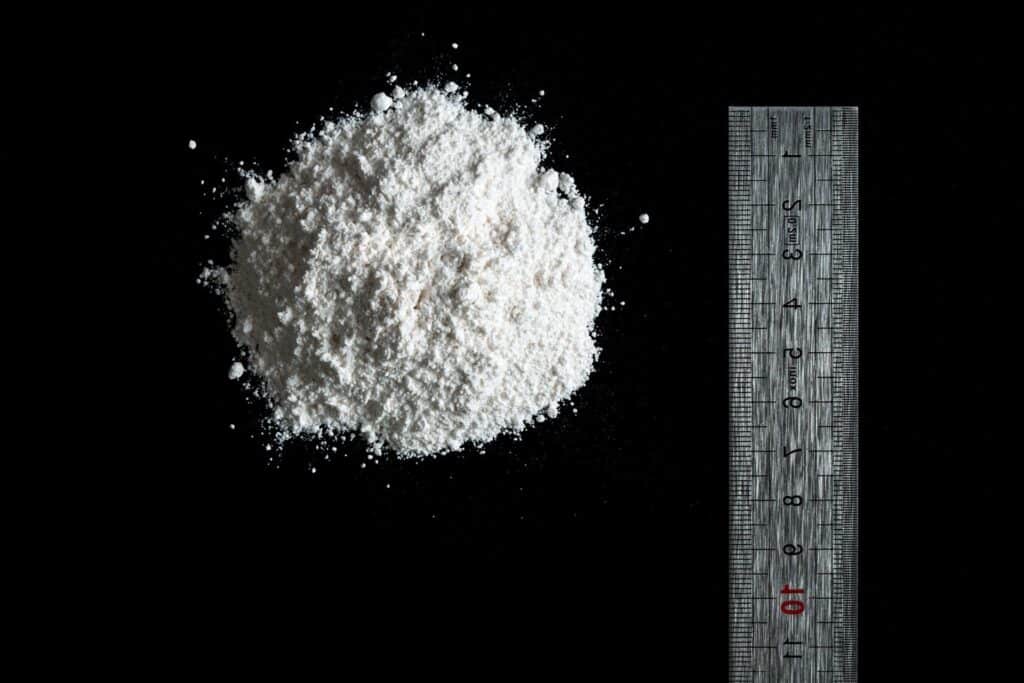
Lubricant oil additives
Magnesium for lubricant oil additives
Magnesium is typically used for the production of metallic salts of alkanyl sulfonic acids, commonly referred to as “sulfonates”. These sulfonates belong to the class of lubricating oil additives known as detergents. Detergents are used in lubricants to aid in control of deposits and help keep contaminants suspended in the oil so they can be carried to the filter and removed. In addition, some detergent chemistries also neutralize the acidic by-products of combustion. In doing so, they function as corrosion inhibitors. Unlike household detergents, these detergents are specifically designed to be soluble in oil, and are insoluble in water.
Specific Magnesium oxide and hydroxide for your specific requirements
Each lubricant oil additive, generally patented, has its own manufacturing process. As a consequence, different grades of Magnesium oxide or Magnesium hydroxide are required. We know the specification is the key, as well as going through an extensive validation process. High MgO content, low impurity level such as sodium or potassium, controlled parameters on particle size distribution are key for successful production.

Magnesium derivatives
Magnesium oxide is the best available alternative to bring in chemical processes the Mg element required for the production of its many derivatives.
Depending on the requirements for the quality of the end-products, as well as on the constraints associated with their production processes : different grades of our MgO product can be applied successfully.
We have listed below some common MgO derivatives. There are many more.
Please contact is for reviewing together the material which would suit your needs best.
Magnesium Nitrate:
When having Magnesium oxide reacting with nitric acid, it results in the creation of a salt : Magnesium nitrate. one of the applications is to use it as a component of formulas for plant protection products and laboratory chemicals.
Magnesium sulphate:
Magnesium sulfate is produced by neutralizing sulfuric acid with Magnesium oxide. It is a inorganic salt used in many application such as agriculture, medicine, and as a desiccant in brewing processes, as well as many other possible uses.
Magnesium Acetate:
Magnesium acetate is obtained from the reaction of Magnesium hydroxide and acetic acid. Magnesium acetate is commonly used in chemical industries and also acts as a bactericide with hydrogen peroxide.
Magnesium Sulfonate :
The metallic salts of alkaryl sulfonic acids, commonly referred to as “sulfonates”, belong to the class of lubricating oil additives known as detergents. The sulfonate formation makes the Magnesium oxide miscible and suspended in the oil.

Catalysts
High purity Magnesium oxide
High purity Magnesium oxide is used in various catalyst applications such as catalyst itself or catalyst support. The main advantages of such a product are the high thermal and mechanical stability, the easy and well-known transformation process and the extremely high specific surface area accessible with MgO.
MgO can be used either directly or as a support for catalysts.
Therefore, Magnesium oxide is directly used as catalyst in glyceride transesterification, replacing conventional caustic soda, in biomass catalytic pyrolysis and some other specific cases where chemical reaction is promoted in a alkaline environment. Magnesium oxide is also suitable for supporting catalysts, for steam reforming catalysts, or production of hydrotalcite.
We have a range of specialty Magnesium oxide grades suitable for catalyst applications, with extremely tight specifications
to meet your requirements over the long run.
Our sales and R&D teams will guide you through our portfolio of products to define the best “design to cost” offer.
Select a topic below to learn more about our other solutions for the industry :



